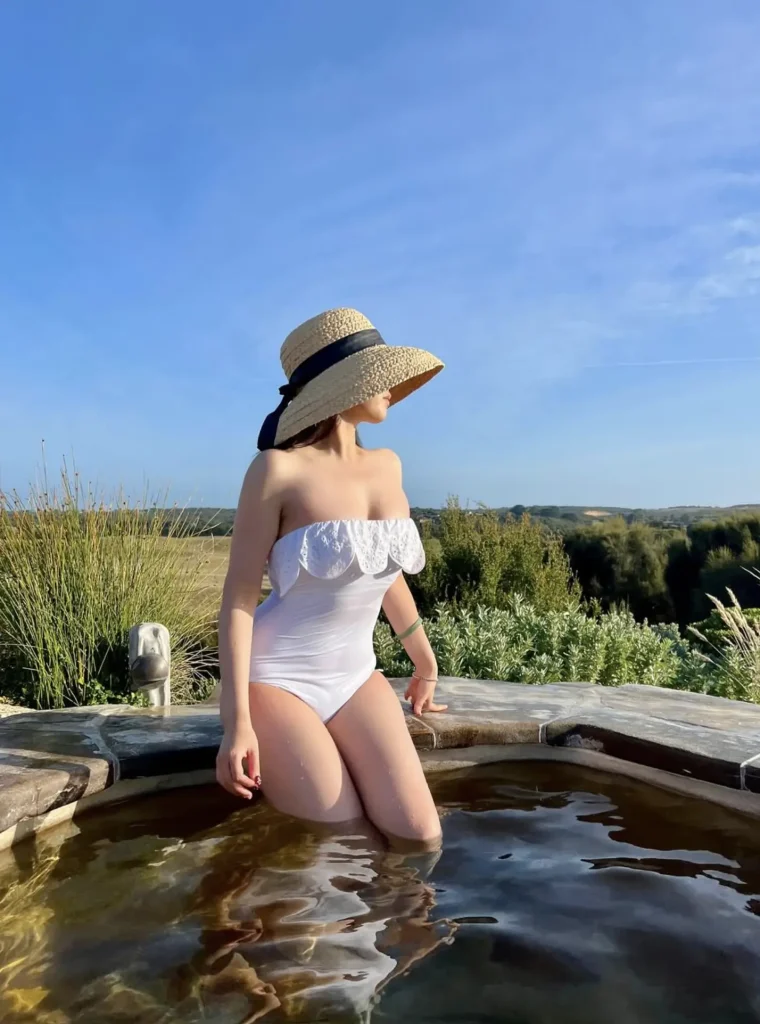
Kakadu National Park, in the heart of Australia’s Northern Territory, is a real treasure trove of biodiversity, different habitats and landscapes. Famous for its many native species, Kakadu is the best place to see Australia’s wildlife in the wild. One of the questions most frequently asked by visitors is: Can you see kangaroos in Kakadu? In this guide, we’ll get into the wildlife of Kakadu and the seasonal conditions and give you tips for spotting kangaroos while you’re there. For a deeper experience, consider booking a 2 Day Kakadu Tour, which offers guided exploration of the park’s unique flora, fauna, and cultural sites, making the most of your visit to this iconic destination.

The Habitat
Kakadu National Park covers over 20,000 square kilometres and has many different habitats, including savannah woodlands and adjacent woodlands, coastal heathlands, freshwater billabongs and eucalypt forests. These habitats support many species of reptiles, amphibians, birds and marsupials.
Key features of Kakadu’s environment:
- Freshwater Billabongs: These waterholes are lifelines for many native animals, including kangaroos, wallabies and aquatic species.
- Savannah Woodlands: Home to Western Grey Kangaroos, wallaroos, and Tree Kangaroos, where they graze and shelter.
- Coastal Heathlands: A bird haven with heons and stork species and smaller mammals like sugar gliders.
- River Oases: Found near the rivers in Kakadu, these lush areas are home to many animals and are great for wildlife spotting.

What to Look For
Yes, you can see kangaroos in Kakadu National Park, but not as many as in other parts of Australia like Cradle Mountain or alpine regions. The kangaroo species you’ll see in Kakadu are:
- Western Grey Kangaroos: These kangaroos are found in the savannah woodlands and adjacent woodlands and are often seen grazing during the dry season.
- Tree Kangaroos: Rarely seen but sometimes in denser forested areas.
- Wallaroos and Wallabies: These smaller kangaroo relatives are often seen near freshwater billabongs, early morning or late afternoon.
Seasons for Kangaroo Spotting
Kakadu’s wildlife is seasonal, with two main seasons: the dry and the wet.
Dry Season
During the dry season, kangaroos and other animals are more likely to congregate around shallow water, freshwater billabongs and river oases. With limited water sources, these areas are great for seeing many native species, including kangaroos, wallabies, frog species, saltwater crocodiles and freshwater crocodiles.

Wet Season
The wet season brings big changes to Kakadu’s landscape, the park becomes a lush green wonderland. But with all the water the wildlife is spread across the aquatic habitats and kangaroo spotting becomes more difficult. While the park is full of frog sounds and home to many aquatic and land species, spotting kangaroos will require more effort during this time.
Where to See Kangaroos
To increase your chances of seeing kangaroos in Kakadu:
- Savannah Woodlands: Good for Western Grey Kangaroos and Wallaroos.
- Freshwater Billabongs: Wildlife comes to these waterholes for food and water, including kangaroos.
- Southern Hills: The rugged terrain of the south is a haven for wallaroos and short-beaked echidnas.
Wild Life
Kangaroos are just one of the many species in Kakadu. It’s a living wildlife park where you can see:
- Saltwater Crocodiles: These ancient predators rule the coastal waters and rivers.
- Freshwater Crocodiles: Found in freshwater billabongs, they are smaller and less aggressive.
- BirdLife: From eagles to stork species, Kakadu is a bird lover’s paradise.
- Reptiles and Amphibians: Frogs and reptiles galore.
- Sugar Gliders: These small nocturnal marsupials live in eucalypt forests and coastal heathlands.

Looking after Native Animals
The traditional owners of Kakadu have lived in this country for tens of thousands of years and work hard to protect the park’s fragile ecosystems. They’re working to prevent habitat loss, control invasive species and preserve the park’s biodiversity so kangaroos, wallabies and sugar gliders can continue to survive.
Book a Wildlife Tour
Ready to get amongst Kakadu’s wildlife? Wildlife Tours offers guided Tours To Kakadu that get up close and personal with the park’s amazing wildlife. Whether you want to see kangaroos in the savannah woodlands or saltwater crocodiles or experience the sights and sounds of the wetlands, Wildlife Tours will make it an experience to remember.
Kakadu is more than a destination – it’s a celebration of Australian wildlife, landscapes and culture. Whether you’re chasing kangaroo sightings or exploring the park’s biodiversity, Kakadu will be an adventure to remember. Book Kakadu Tour now!

FAQ
Can I see kangaroos in Kakadu during the wet season?
Yes, but less frequent due to water dispersed. The dry season is better for spotting kangaroos near billabongs and waterholes.
Are kangaroos the only marsupials in Kakadu?
No, Kakadu has wallabies, wallaroos, Tree Kangaroos, sugar gliders and short-beaked echidna.
Where are the best places to see kangaroos in Kakadu?
Savannah woodlands, southern hills and billabongs, especially early morning or late afternoon. For a comprehensive wildlife experience, book a 2 Day Kakadu Tour from Darwin, where expert guides can take you to prime kangaroo-viewing locations while exploring the park’s diverse habitats and cultural landmarks.
What is the difference between saltwater and freshwater crocodiles in Kakadu?
Saltwater crocodiles are bigger and more aggressive, in coastal waters and rivers, freshwater crocodiles are smaller and in shallow waters.
How do the wet and dry seasons affect wildlife in Kakadu?
Dry season concentrates animals near water, easier to see. Wet season rains creates an big habitat, spreads wildlife across the park.


